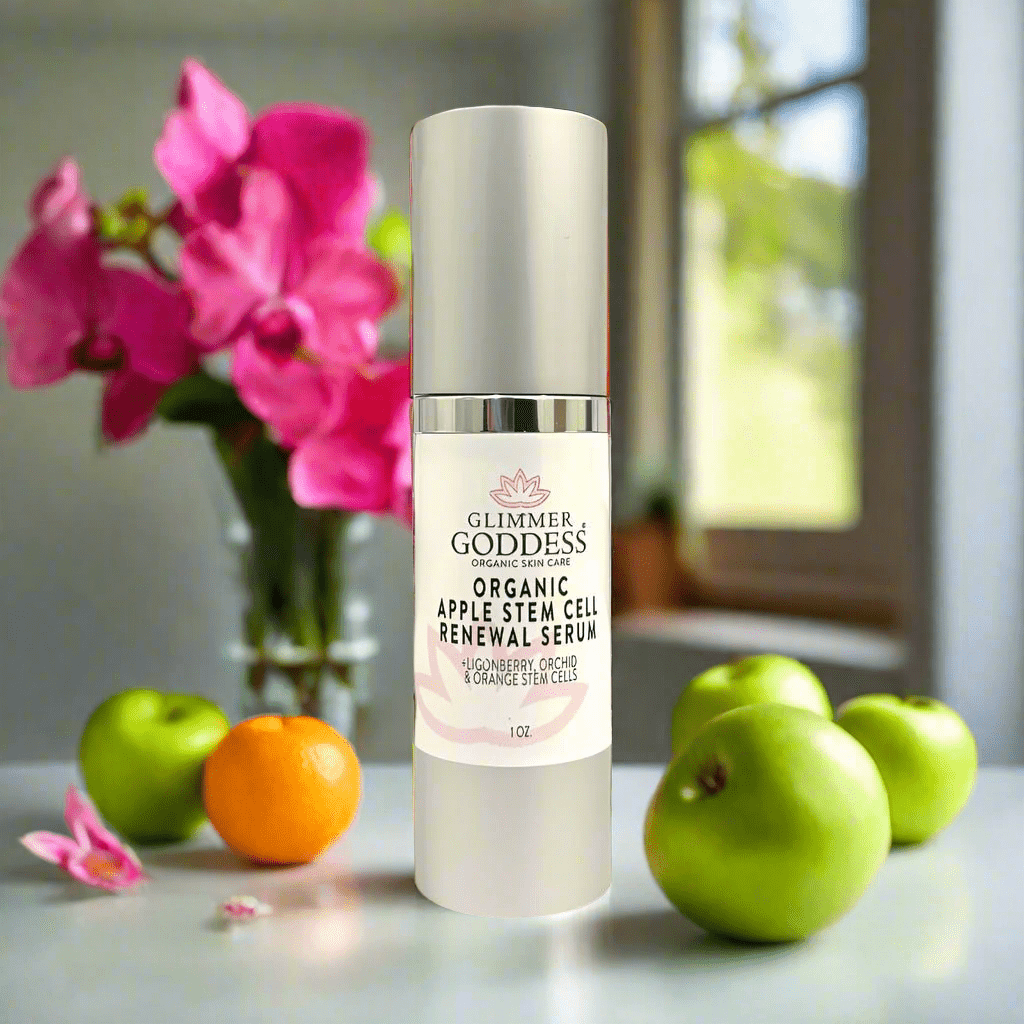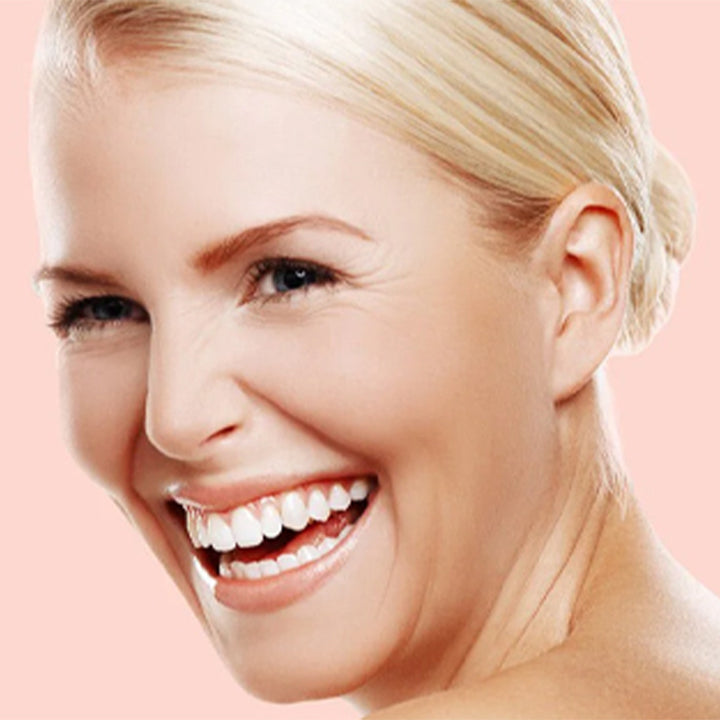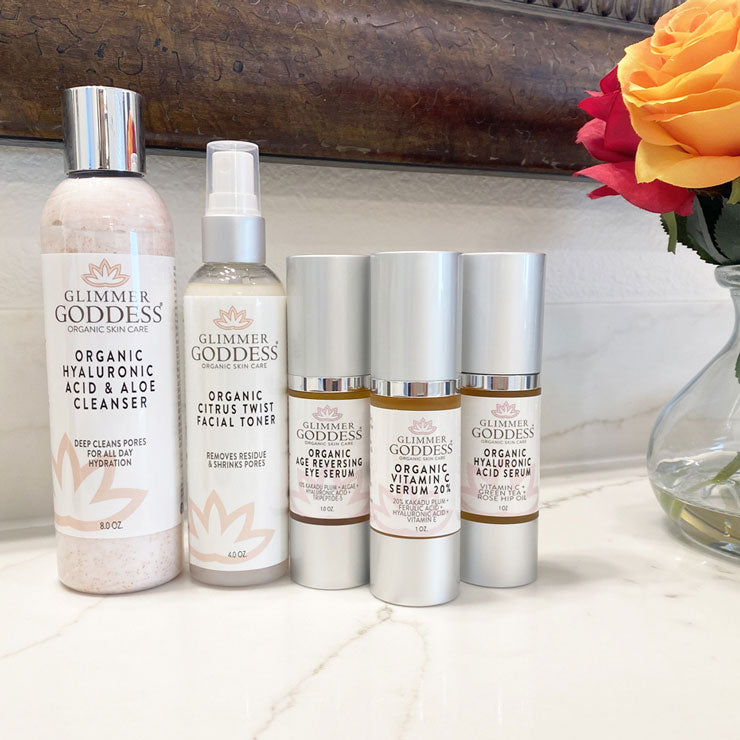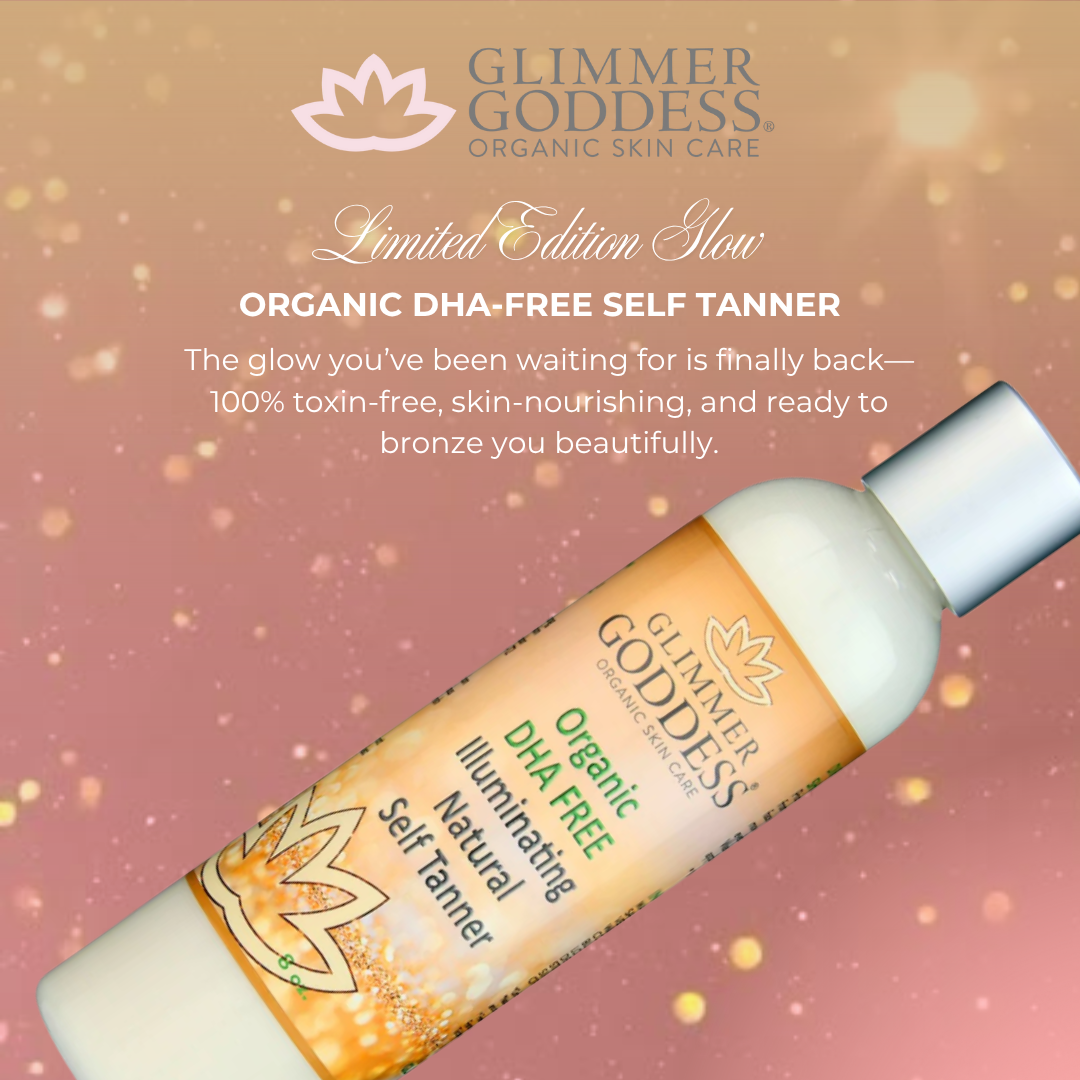
Apple Stem Cell Serum: Benefits, Uses, and FAQs
Apple Stem Cell Serum: Benefits, Uses, and FAQs
Apple stem cell serums have become a popular option in anti-aging skincare for their potential regenerative and antioxidant effects. Many formulas today combine plant stem cells with hydrating and brightening actives to address wrinkles, loss of firmness, and dullness. Below you’ll find clear answers to common questions and practical guidance on how to use these products safely and effectively.
What is apple stem cell powder and how is it used?
Apple stem cell powder is an ingredient derived from cultured plant stem cells, often extracted from specific apple varieties known for longevity traits. The powder is a concentrated form that formulators turn into serums, creams, or masks. In finished skincare products it is used to support cellular renewal, protect skin from oxidative stress, and complement moisturizing and collagen-support ingredients.
- Form: usually sold as a stabilized extract or freeze-dried powder for lab use or formulation.
- Function: supports cell turnover, antioxidant protection, and can help reduce the look of fine lines when combined with complementary actives.
- Use in products: blended with carriers, emollients, and humectants to make serums and creams that are safe and stable for cosmetic use.
Can an apple stem cell serum be used for hair?
Most apple stem cell serums are formulated for topical facial use and focus on skin benefits like hydration and wrinkle reduction. However, some stem cell extracts and antioxidant-rich botanicals can support scalp health by protecting follicles from oxidative stress and improving scalp condition.
Key points to consider:
- If you want to try a facial stem cell serum on the scalp, check the ingredient list — avoid heavy emollients that may clog hair follicles.
- Products specifically formulated for hair will contain ingredients that target follicle stimulation and scalp circulation (e.g., peptides, caffeine, niacinamide) in addition to botanical extracts.
- For thinning hair or hair growth concerns, choose a product labeled for scalp use or consult a trichologist. Facial serums can help scalp health in a supportive role but aren’t a direct substitute for a dedicated hair treatment.
Is a stem cell serum safe to use with microneedling?
Microneedling creates micro-channels in the skin to enhance absorption and stimulate collagen production. Adding an active serum right after microneedling can be effective, but there are safety considerations:
- Professional advice: If you’re undergoing clinical microneedling, follow your provider’s post-procedure protocol. They may prefer sterile, simple serums immediately after treatment.
- Patch test first: If using a new botanical stem cell serum after at-home dermarolling, test on a small area first to check for irritation.
- Ingredients to avoid post-needling: highly irritating acids, strong retinoids, or potent vitamin C derivatives may sting or inflame freshly needled skin. Gentler, hydrating formulations with antioxidant, soothing botanicals are usually better tolerated.
- Timing: Many practitioners recommend waiting until any initial redness subsides and the skin barrier begins to repair before applying active treatments. For light at-home microneedling, a calming, hydrating stem cell serum may be applied cautiously according to the clinician’s guidance.
What makes a stem cell serum “the best” (and is an older ranking still relevant)?
Searches for "best stem cell serum 2018" reflect interest in historic best-of lists. While older rankings provide context, the skincare market evolves quickly. When choosing a high-quality stem cell serum today, evaluate products based on:
- Ingredient transparency: clear listing of stem cell extracts, concentrations, and supportive actives like humectants, peptides, and antioxidants.
- Stability and formulation: well-formulated serums prevent degradation of delicate extracts and deliver consistent performance.
- Clinical evidence: look for studies or third-party testing that support anti-aging claims.
- Skin type compatibility: non-comedogenic, fragrance-free options are better for sensitive or acne-prone skin.
- User feedback and professional recommendations: current reviews and expert endorsements often matter more than older awards.
In short, rather than relying on a 2018 list, choose a serum that matches your current skin goals and offers modern formulation quality and evidence.
What is the Swiss apple tree and why is it mentioned in stem cell skincare?
Many formulations reference a Swiss apple cultivar (often the Uttwiler Spätlauber) because stem cell extracts from long‑lived apple varieties attracted attention for their potential to preserve cell vitality. These extracts are prized for stability and longevity traits observed in the original apples. The term "Swiss apple tree" is commonly used in marketing to communicate a history of research and a reputable source for apple stem cell technology.
How do apple, lingonberry, orchid, and orange stem cells work together?
Modern anti-aging serums often combine complementary plant stem cells to address multiple skin concerns:
- Apple stem cells: support cell renewal and help reduce the appearance of fine lines.
- Lingonberry stem cells: high in antioxidants to protect against environmental stressors and UV-related oxidative damage.
- Orchid stem cells: hydrating and firming — help improve moisture retention and skin elasticity.
- Orange stem cells: brightening and collagen-supporting properties for a more luminous complexion.
How to use a stem cell serum effectively
- Cleanse: start with a gentle cleanser to remove impurities.
- Apply serum: dispense a small amount of serum onto fingertips and gently press into face and neck. Use twice daily unless irritation occurs.
- Layer: follow with a moisturizer or anti-aging cream to lock in hydration. Pairing a stem cell serum with a compatible anti-aging cream often amplifies visible results.
- Sun protection: always finish your morning routine with a broad-spectrum SPF to protect regenerating skin from UV damage.
Who should use an apple stem cell serum?
These serums suit a wide range of skin types—especially those looking to:
- Reduce the appearance of fine lines and improve texture.
- Boost hydration and firmness.
- Protect skin from environmental stressors with antioxidant-rich botanicals.
People with very reactive skin should perform a patch test first. Those with specific skin conditions (rosacea, active eczema, open wounds) should consult a dermatologist before adding new actives.
Safety, storage, and tips
- Storage: keep in a cool, dry place away from direct sunlight to preserve active stability.
- Patch test: apply a small amount to the inner forearm for 24–48 hours to check for reactions.
- Combine carefully: avoid layering with highly irritating treatments immediately after microneedling or chemical peels.
Recommendation
If you’re looking for a multi-action, hydrating stem cell formula that targets wrinkles, firmness, and brightness, consider trying
as part of your daily routine—use it after cleansing and before your moisturizer for best results.Quick FAQ
Will apple stem cells regrow skin like medical stem cell therapies?
No. Plant stem cell ingredients in cosmetics support and protect skin cells and promote a healthier environment for skin repair. They are not the same as medical stem cell therapies used in regenerative medicine.
How soon will I see results?
Visible improvements in hydration and radiance can appear within days. Reduction in fine lines and firmness typically requires consistent use over several weeks to months depending on the product and your skin.
Can I use this serum with retinoids?
Yes, many people combine antioxidant and stem cell serums with retinoids. Start slowly (alternate nights or use retinoids at night and stem cell serum in the morning) and monitor for irritation.
Conclusion
Apple stem cell serums can be a valuable part of an anti-aging routine, especially when combined with other protective and hydrating plant stem cells like lingonberry, orchid, and orange. Choose products with transparent formulations, patch test if you’re sensitive, and pair with sun protection and a supportive moisturizer for the best long-term results.








